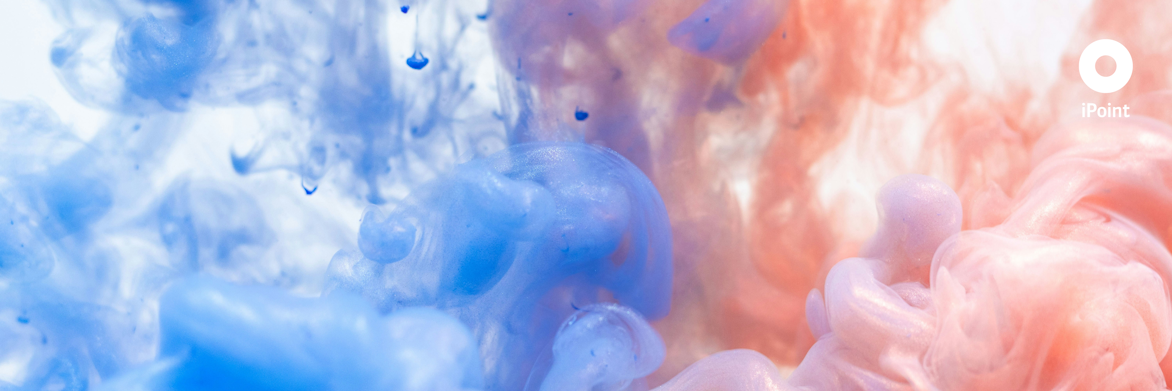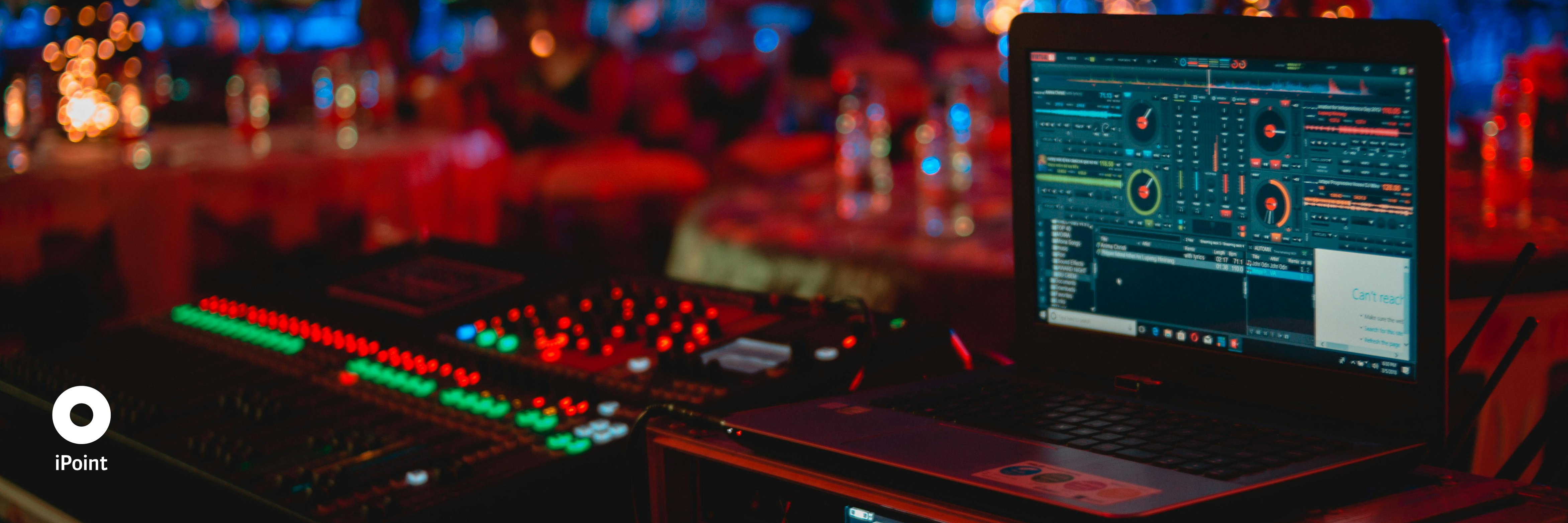In contrast to the linear economy (take, make, use, dispose), the circular economy approach does not see an absolute end to a product or process. iPoint’s holistic, circular perspective envisages a continuous, digital system lifecycle management process that supports not only compliance with the law, but also the sustainability of products and systems.
Creating and maintaining transparency & protecting confidential information at the same time
Cyber-physical systems and Digital Twins play an important role in this. The Industrial Internet of Things (IIoT) and the knowledge surrounding all-pervading connectivity as the new infrastructure – in combination with the merging of technologies that blur the boundaries between the physical and digital worlds – are the key to a truly circular economy. Also important are technologies such as the blockchain, which ensure the traceability and authenticity of data sources. For iPoint and our customers, it’s about creating and maintaining transparency while taking into account and protecting confidential information at the same time.
Digital models are required
All of this facilitates an effective and transparent flow of materials, energy, labor, and information, so that natural and social capital can be rebuilt and global sustainability goals achieved. If this approach is to be implemented in a highly automated manner and the sustainability potentials of new business models are also to be developed across the entire system lifecycle, we require universally digital models. With a digital twin, products can be efficiently developed even before the utilization phase and continuously optimized as a smart system through to re-use of the materials. With today’s trend toward a high level of product customization and the associated heterogeneity of the supplied and manufactured parts, compliance with the law can be verified only by digitizing the processes necessary to do so.
From ownership to usership
Another trend is the transition from “product ownership” to “product usership” as a service. For instance, instead of supplying Amsterdam’s Schiphol Airport with lamps and luminaires, Dutch electronics giant Philips now provides the aviation hub with a service – namely, the provision of light. Under this “light-as-a-service model”, Schiphol pays for the light it uses, while Philips owns all physical assets of this cooperation, including all fittings and installations. If lamps fail, Philips makes sure that the lights don’t go out in Schiphol – literally. Together with the IIoT, digital twins, blockchain, and other technologies, “from-ownership-to-usership” models like this one are building the foundations for the transition to a genuine digital circular economy – an approach to which iPoint is fully committed.





